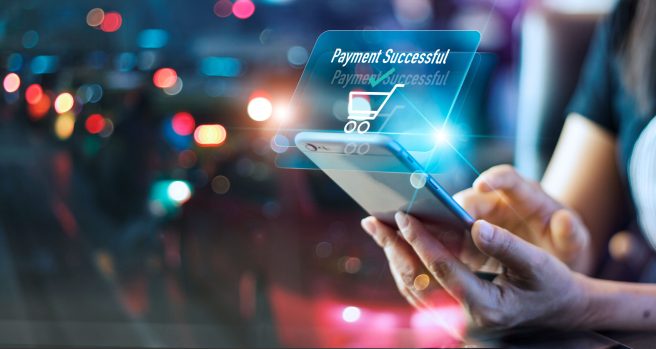The use of cash was already in decline, but the COVID-19 pandemic appears to have cemented digital payments as a global mainstay. The transactional value of these payments is expected to reach $6,752,388m in 2021. As such, it is only natural to wonder what the future may hold for this form of payment.
An Increasing Number of Options
Perhaps the biggest transformation will be the increasing number of avenues for digital payments. There are already browser or in-app online purchases, contactless payments, mobile wallets, instant fund transfers, and more.
As more people adopt digital payments, the number of avenues will increase to meet the demand. One of the safer and more trusted options will involve a card scanner, which is the ability to scan credit card details to accurately and efficiently transfer financial information. The main perk is that the images of the scan won’t be saved, guaranteeing that only the retailer has access to these sensitive details.
There are also a number of companies that offer their own platforms for digital payments. Avenues such as Apple Pay have already taken off and Amazon Pay and Google Pay aren’t far behind. This allows consumers to use systems that are most compatible with their devices or favorite shopping platforms.
An Increase in Biometric Authentication
A concern with digital payments has been the issue of security. Many people assume that being in possession of a credit card or digital wallet can attract thieves and scammers to make purchases on someone else’s dime.
This is why major players like VISA are introducing biometric authentication. This method allows users to authenticate their identity via a fingerprint, guaranteeing that only they can use the card.
It is estimated that by 2021, this feature will be used to carry out around 18 billion transactions. This will be a more secure alternative to the passwords and passcodes currently being utilized.
A Boost in Open Banking
This is where banks give third-party agencies access to clients’ financial information when provided verification. Such a feature would allow digital payments to evolve from more than a simple payment system.
With open banking, individuals can apply for loans, mortgages, and various other financial processes via their smartphones. At the same time, the system will guarantee users the same level of privacy they would find in traditional systems.
However, the modern system will be more efficient and allow individuals to bank and utilize financial processes across numerous platforms. In essence, it transfers power from the banks to individuals.
An Adoption of Cryptocurrencies
Cryptocurrencies are already taking off and being used all over the world. They are the ultimate form of digital payment. As digital payments evolve and progress, it is only natural that cryptocurrencies will be more readily adopted.
This could potentially allow various businesses and retailers to give consumers the opportunity to pay via cryptocurrencies. This also allows digital payments to evolve and move in a direction that was previously not thought possible.
There is little doubt that digital payments are the future. With this insight, it’s possible to monitor how this system will grow and develop over time. In the meantime, there are numerous ways that you can utilize this technology as well.

